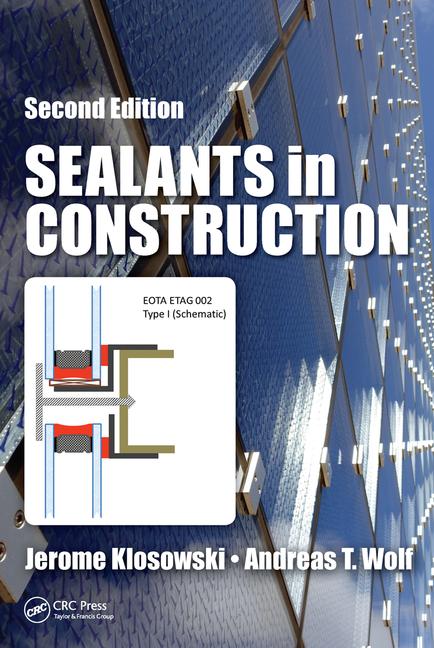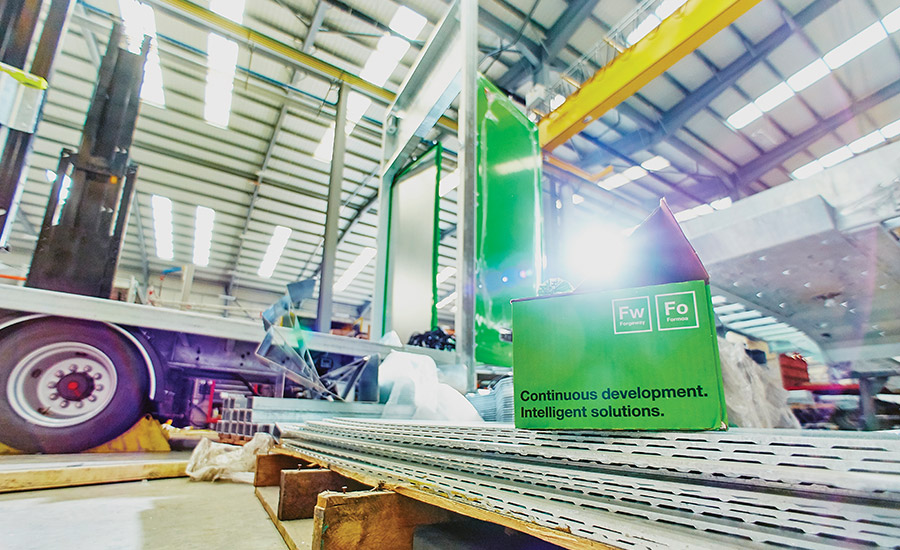Delivering Value with Adhesives and Sealants
Replacing mechanical fasteners with adhesives offers a host of benefits in the transportation industry.
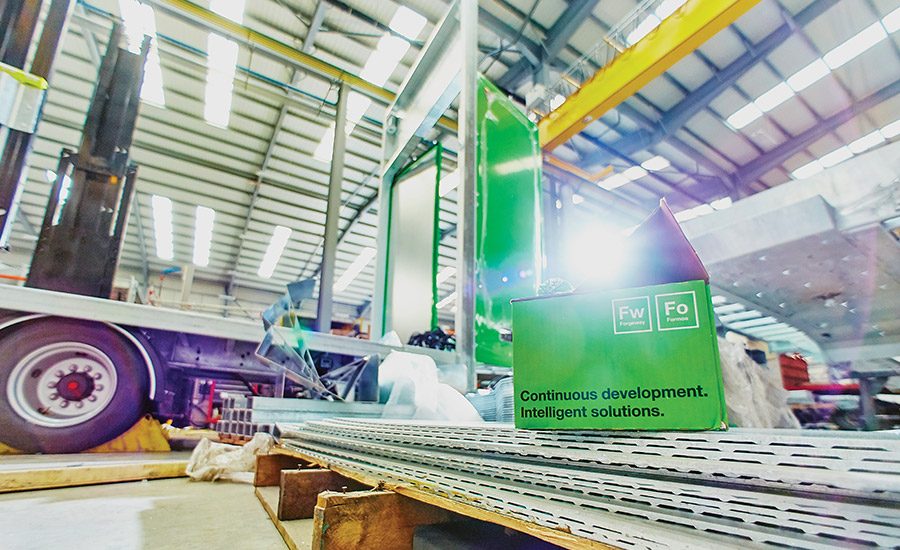
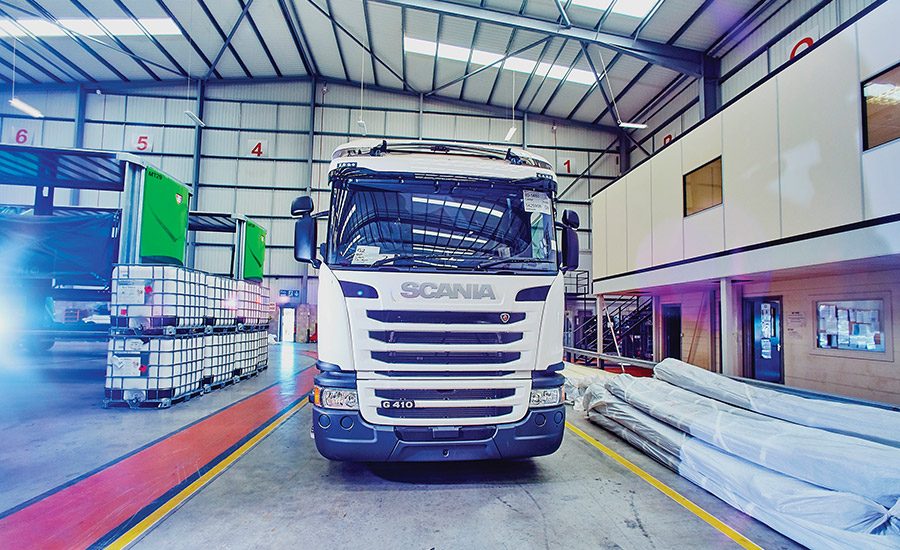
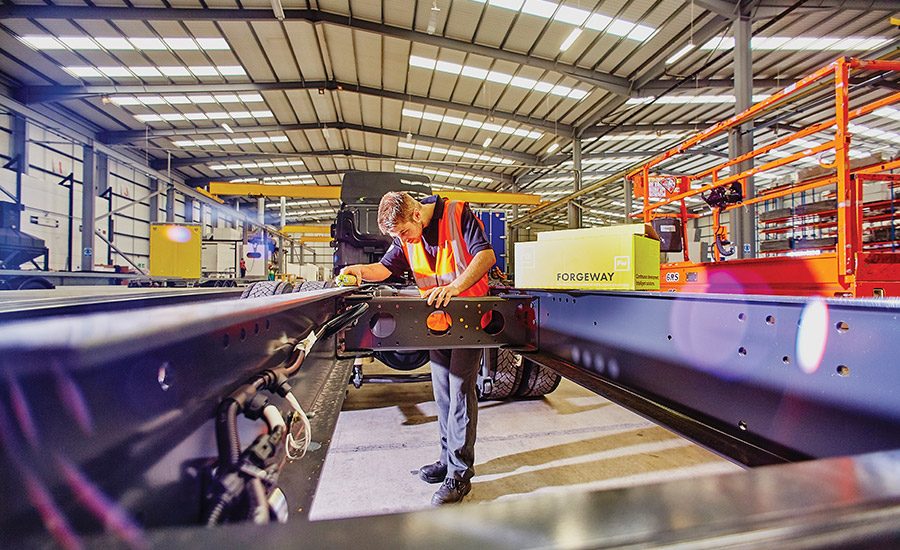
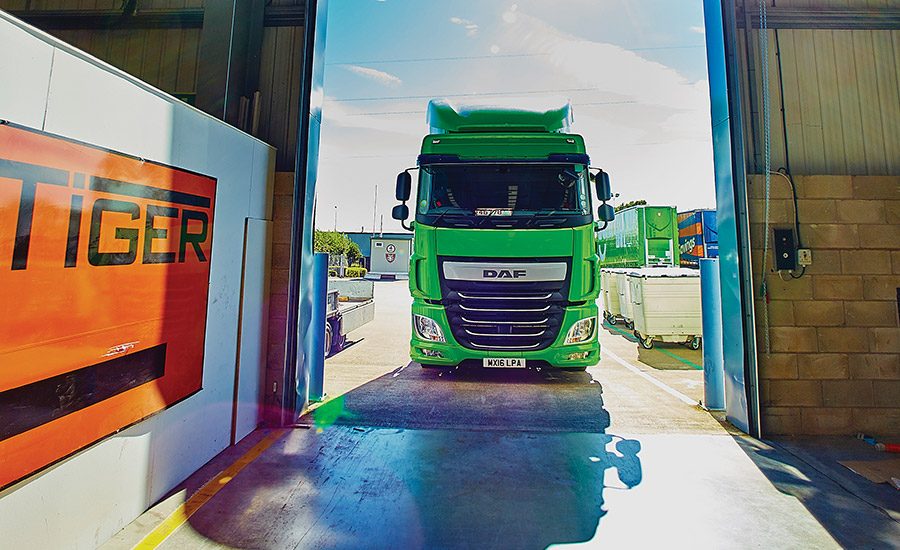




With the explosion of internet shopping over the past few years, demand for delivery vehicles has skyrocketed. As a result, vehicle manufacturers have had to strive for maximum payload to keep delivery costs to a minimum. The continuing focus for manufacturers is to increase the payload of their vehicles, thereby increasing their efficiency. This has led to operators demanding ever higher payloads, which does not come cheaply―but is an acceptable expense because it improves the total life cost of the vehicle.
In the U.S. alone, e-commerce sales accounted for $349 billion in 2015; online spending this year is forecast to further increase by up to 16%. All of these online orders somehow need to be delivered by somebody. New and innovative developments within the delivery sector such as UberRUSH have changed the way things are delivered, but only in certain locations. For most, deliveries are made via conventional methods, and it is likely that it will stay that way for the foreseeable future. Pallet deliveries by drone, anyone?
Currently delivery costs can account for up to 10% of the cost of online purchases; therefore, retailers must ensure that vehicles are as efficient as possible so that this cost can be reduced. An increase in weight of 50 kg can reduce fuel efficiency by over 1%, which, over the total life of the vehicle, is significant. Thus, any weight savings is of benefit. The aerodynamic styling of the vehicle also has a significant impact on the fuel efficiency, with increases of over 10%. By using innovative manufacturing techniques to reduce vehicle weight, and by maximizing the aerodynamic design of a home delivery vehicle, the fuel costs could be reduced by $7,000 over a three-year life period.
Past Delivery Vehicle Construction
Manufacturing technology has progressed significantly since delivery vehicles first took to the road in 1896. The first motor pickup truck was built by the German automotive pioneer Gottleib Daimler. With a 4-HP engine, Daimler’s truck was a goods vehicle but nothing like the delivery vehicles we would recognize today. Traditionally (circa 1950s onward), delivery vehicles were of the Luton box construction and had a payload of 2,094 lbs (950 kgs). The conventional structure of these was GRP-faced plywood, aluminum or galvanized/painted steel with mechanical fasteners.
Since 2000, the construction of delivery vehicles has seen many developments, driven by the increase of online shopping and retailers’ demands. Early on, bonded roof assemblies and reduced mechanical fasteners improved the payload, aesthetics, and durability to some extent. This new concept was tested by Renault at the Millbrook vehicle testing facility.
The next development was the introduction of polypropylene-faced, partly bonded, lightweight honeycomb panels. These panels were bonded for truck floors and side panels, but still needed mechanical fasteners since polypropylene has very low surface tension and needs treatment to achieve a successful bond.
The bonded body concept then evolved further to foam and honeycomb panels with wood and/or steel inserts for fixing. While weight capacity was significantly increased to 2,425 lbs (1,100 kg),
production costs also increased. By 2005, manufacturers had moved toward semi-bonded extrusions with concealed mechanical fasteners; however, this offered little weight capacity gain. Throughout this time, manufacturers were seeking solutions to increase vehicle payloads and efficiency. By using composite honeycomb panels with fully bonded extrusions, payloads were increased to 2,976 lbs (1,350 kg).
Finally, 2009 brought with it fully bonded, 18-ft, chilled 7.5-t medical fluid transportation vehicles. These vehicles are so successful that they are still in operation today, with approximately
16 million miles travelled.
Home Delivery Vehicles
Online shopping has given rise to incredible demand for small delivery vehicles to be as efficient as possible. The big chains now have over 6,000 home delivery vehicles, and the industry has become big business. The U.S. online grocery market generated sales of about $7 billion in 2015. When trying to improve the efficiency of these vehicles, weight and capacity were a defining factor. Weight is fuel efficiency, and fuel efficiency is money; the more product you can take on one run, the less fuel you have to use for pick-ups.
Although delivery vehicle payloads have come a long way since their introduction, delivering fresh food brought with it the need for refrigeration. This requirement, along with partition doors and baskets, added extra weight. To offset this extra weight, vehicles needed to be lighter still. This could only be partially achieved using the old-style vehicle structure with heavy fasteners.
For home delivery vehicles to stay up-to-date and to continue to improve, they have had to move toward bonded body structures. Adhesives and sealants are not only physically lighter, but they allow manufacturers to use lighter panels and thinner extrusions. Many industrial adhesive and sealant providers are now working with manufacturers to increase payloads to 1,420 kg. Using adhesives and sealants instead of fasteners and rivets can eliminate a lot of unwanted weight. These small bonded body delivery vehicles were such a success, they are now becoming a reality for
3.5- and 7.5-ton vehicles.
Bonding in Other Industries
Bonded body structures don’t just improve home delivery vehicles. Adhesives and sealants can vastly improve the appearance, durability, and productivity of vehicles across many industries. The aerospace industry has been focused on restricting the weight of its structures since it began manufacturing and has been using bonded bodies for over 50 years. The approach in the aerospace industry was that any weight reduction was an achievement. They may have only saved 7 oz (200 g) on a seating set, but the total life weight saving was calculated, and over time increased fuel efficiency.
Weight is also an issue for industries such as construction. Builders have had to take extra steps to save weight, such as reducing fuel tanks to 8 gal (30 l), screen wash to 0.5 gal (2 l), removing passenger seats and unnecessary wiring, ditching spare wheels, etc. This would be an estimated weight saving of 55 kg, resulting in a 1% increase in fuel efficiency. As adhesive manufacturers, we are not exempt from trying to reduce weight; for example, our Formoa 006LW is 40% of the weight of traditional sealants.
Other Benefits of Bonding
Beyond the efficiency and benefits in payload increase of bonded body vehicles, there are many other positives to using adhesives and sealants. The appearance of bonded bodies is vastly improved by matching the adhesive to the body color for a seamless finish. Adhesive manufacturers now offer many more than a handful of colors, and it is industry standard to provide more than 100 different color matches. Some manufacturers also offer a color matching service if the required shade does not already exist in the standard palette.
Bonded vehicles also have improved durability and production speed, along with vastly reduced water ingress in the finished vehicle. Bonding is also financially more viable, cutting manufacturing costs immediately and reducing running costs in the long term. Pre-colored panels and pre-painted aluminum extrusions are available to eliminate the need for overpainting.
The Future of Bonding
With adhesive and sealant manufacturers continuing to lower the density of their products, further decreasing the weight, bonded vehicles are set to be the structure of the future. Adhesive and sealant manufacturers have met the challenge, maximizing vehicle efficiency, delivering weight reduction, fuel savings, increased speed, and, ultimately, increased productivity. ASI
For more information, visit www.forgeway.com.
Looking for a reprint of this article?
From high-res PDFs to custom plaques, order your copy today!








